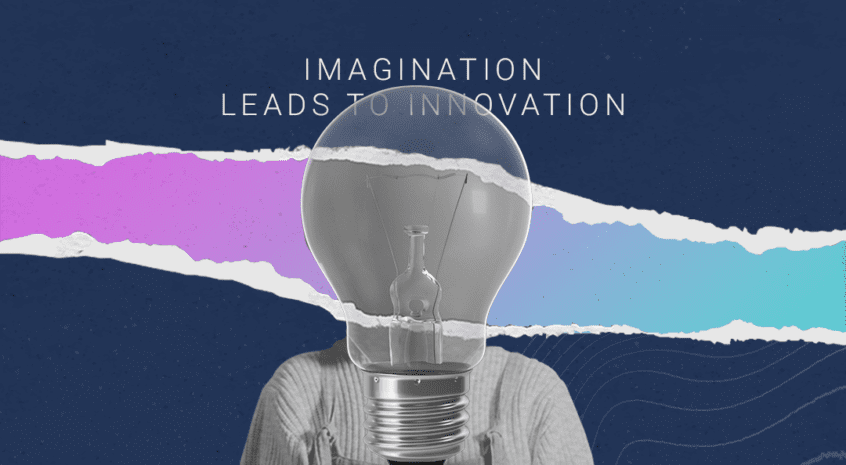
Creative projects (e.g., video production, marketing campaigns, web design, etc.) are characterized by a predetermined budget, strict timeline, and a diverse group of people in the team. Many things happen simultaneously, and requirements changes may occur often and almost arbitrarily. This causes uncertainty about the project timeline and the resources needed (people and money).
There are always questions and doubts about managing creative projects, especially if you’re not making the decisions and leading the processes. More clarity comes when the production pace is adaptive, and the closest methodology that can suit that is Agile.
So what’s all the fuss about creative projects?
The main challenges in the management of creative projects include:
- Strict timeline and limited budget
- An array of team members producers, video editors, web designers, etc
- Scoping the work
- Collecting the correct client requirements and defining the tasks
- Team building and management
- Communication between all stakeholders
Changes can happen almost every day. There are client changes in the requirements, technology, changes in the environment. So what can you do?
Best Ways to approach Creative projects
First, you need a good (if not great) project manager to keep the balls in the air, and second, your process needs to be tight. These two crucial pieces go in tandem.
Let’s walk through the essential phases (this may look different depending on your processes):
Initiation, project charter (defining requirements, budget, and timeline).
Planning identify deliverables, milestones, tasks (possibly in Kanban / Scrum). Carefully plan the activities and the budget spending.
Execution team members perform the tasks, produce the outcomes and mark them as completed.
Submission (signoff) of deliverable
Different team members may be (director, 3D animators, web designers, etc.), and the project manager should onboard them all. The success in these projects largely depends on how information is transferred between the team members. You should encourage all team members to interact and provide honest feedback.
Other responsibilities of a creative project manager include:
Defining the phases and work breakdown structure (WBS)
Communication with clients and informing them regularly
Helping the team to avoid blockers
Creating the progress reports for the stakeholders
How can Agile practices help in Creative projects?
The companies that operate in the creative industry usually make their decisions influenced by the rising competition. Being agile or not in this will and can affect ROI.
Therefore creatives and their projects can benefit from the agile methodology.
Try this on the next project as a starter:
- Regularly deliver production pieces over weeks to months, giving preference to shorter intervals.
- Collaborate with stakeholders and developers weekly throughout the project.
- Shift your mindset to thinking about how your team can be self-organized and communicate regularly to improve their efficiency and the project outcome.
If you do the above accepting changes in requirements is more manageable, even at a late stage of development or production, since you’re delivering in iterations. Agile processes enable successful adaptation to changed requirements, which benefits your customers.
Bottom line Creative projects are feasible
They are even more profitable with a great project manager. Just because projects happen to be creative, it doesn’t mean there is no place for a clear project structure or methodology.

